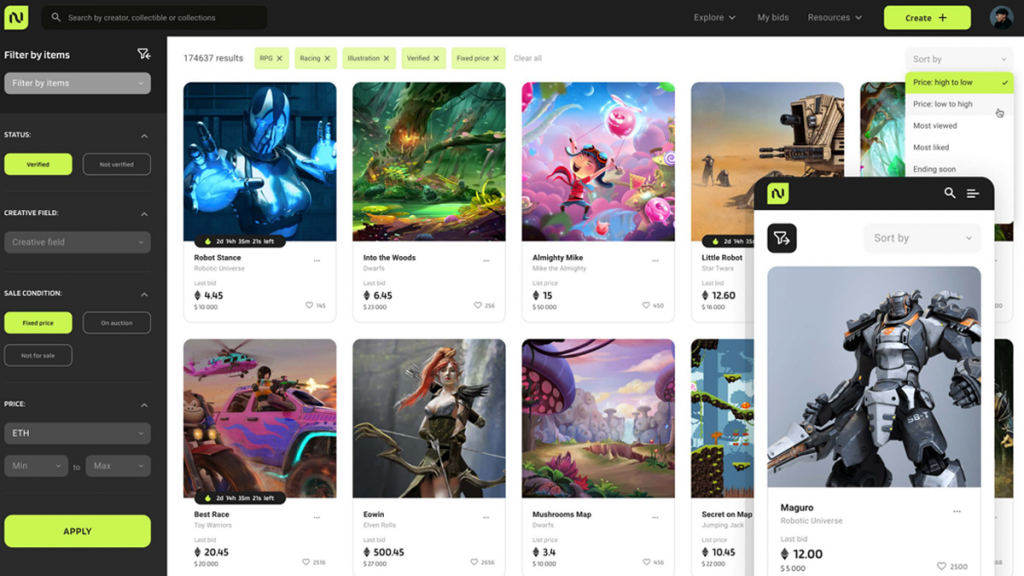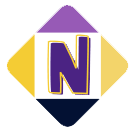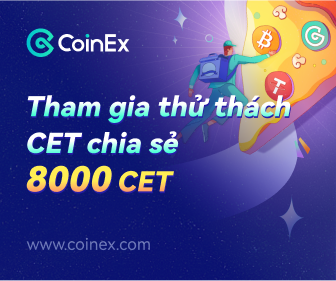
You may ask why you will need to create an NFT marketplace; The NFT world has been through a major shift with a lot of developments and upgrades in its ecosystem since the introduction of NFTs in 2014. Many corporates and individuals have already developed their NFT ventures. Through the last two years, NFTs have sold for crazy money. Some good examples are:
- The first ever tweet sold for $2.9 million
- The Merge, a series of NFTs, sold for $91.8 million
- The First 5000 Days: “Beeple” sold for $69.3 million
NFTs have gained lots of popularity since then, which helped blockchain technology expand its capabilities to new heights and put metaverse live. Lots of NFT marketplaces were created and used by NFT enthusiasts.
As the number of NFT projects are significantly increasing by the end of 2022, many feel the need for more NFT marketplaces to respond the requirement of the market.
In this article, we provide a full guide on creating NFT marketplace in 2023.
What is an NFT marketplace?

NFTs are the tokenizable cryptographic assets that assign permanent ownership to the creator. These assets can be anything that can be converted into digital formats, like audio clips, video files, images, collectibles, etc.
These digital assets live in a blockchain and their ownership is recorded and unchangeable. Unlike cryptocurrencies, NFTs cannot be mutually exchanged for one another, as each token has a specific value based on its unique traits and attributes. NFTs have certain characteristics that set them aside:
- Unique value: No two NFTs can have equal value. Therefore, it is impossible to exchange one NFT for another.
- Authenticity: Each NFT has an owner. The ownership is determinable via blockchain.
- Integrity: Each NFT is integral and cannot be divided into a few parts.
- Originality: Each NFT is unique. Its uniqueness is determined by a unique value and set of metadata.
- Place of existence: NFTs live in a blockchain.
Therefore, an NFT marketplace is a digital platform developed using blockchain technology which is used for buying, selling, lending and borrowing Non-Fungible Tokens. NFT marketplaces allow their users to upload a token, set up a starting price, and make money by selling their art work or collectible. There are two working models for NFT marketplaces:

- Centralized: Centralized NFT marketplaces are owned by an individual or a private firm. These marketplaces mint, trade, and bid the NFTs under the control of a company. Go between services are needed to digitalize the assets and validate every transaction, which doubles the cost of the service.
- Decentralized: Decentralized NFT marketplaces run on a blockchain network that is immutable and trackable. They need to have decentralized authorities to validate each transaction and the traders’ events.
Besides, there are two types of NFT marketplaces, each of which has a significant function:
- Primary marketplaces are where the NFT projects are first sold after their launch. Here, the creators/artists run the platform, like the top known NFT marketplaces like crypto kitties, Axie Infinity, etc.
- Secondary marketplaces are where the traders are allowed to buy and sell after the creation of the NFTs. Some of the blue-chip marketplaces for secondary marketplaces are OpenSea, Rarible, Foundation, Crypto.com, etc.
How does an NFT marketplace work?

Before knowing about how to create an NFT marketplace, it is essential to understand how NFT marketplaces work.
NFT marketplaces usually share a similar workflow. The steps include:
- Signing up: Customers need to create an account and connect a supported digital wallet, which they use to store and manage their NFTs.
- Buying an NFT: Customers can buy and sell NFTs for a fixed price or through an auction. Some marketplaces even let buyers get in touch with sellers, set an offer, and bargain for a better price.
- Selling an NFT: Users can sell NFTs they have previously bought as well as the NFTs they have created (artwork, a tweet, a song, etc.). After the platform verifies and approves the asset, the asset is listed for sale. Users need to upload digital assets onto a marketplace, set up a price, and choose to sell the NFT for a fixed price or in an auction. When the item sells, the marketplace transfers payment for the NFT from buyer to seller.
Revenue models of NFT markets
The most important part of developing a business is the revenue model. It is necessary for running a successful NFT marketplace. NFT marketplaces mostly include the following costs:
- Development Costs: Professional assistance is required to set up a functioning business. The cost to hire an assistant to customize your project depends on your project and its complexity.
- Minting fees: It is inevitable, as no minting means no NFTs. Minting is the process where the assets are transformed into a digital format in the blockchain technology. Thus, you need to pay minting fees to successfully build your NFTs in the platform.
- Hosting Costs: These costs are for the centralized NFT marketplaces. With centralized NFT platforms, the user will need to pay the hosting fees to the marketplace to keep them running. They include all charges to compensate for all the minting, transaction, and validation of the NFTs. They may depend on the size of the marketplace.
- Marketing Costs: Marketing is essential for launching NFT marketplaces to users. They are constantly changing due to different channels used for promotional activities.
- Transaction costs: Or Gas fees is the charge that the user has to pay for the energy lost during the validation of transactions of NFTs traded. The transaction fee differs from one marketplace to another.
- Listing fees: The platforms list the NFT collections that are up for trade. Like the gas fee, they also vary depending on the marketplace. Such listing is used to categorize all the mountaineering NFTs in their category. For example, audio NFTs can be found under NFTs for Music.
How to create an NFT marketplace in 2023?
There are two main options for developing an NFT marketplace. Either you can build an NFT marketplace by your own or you can get a company to do it for you. Note an important issue, every NFT space needs to be unique in order to gain the attention of the users.
Here are the basic steps you need to take if you wish to develop your own NFT Marketplace.
Choose Niche
The first thing you must determine while developing an NFT marketplace is the type of the marketplace. There is no limitation to what NFT marketplaces you can create. You can choose from the existing types or come up with your own unique idea. The most popular NFT marketplace types are:
Art NFT marketplaces
As the name suggests, such marketplaces allow users to trade their art pieces. Art NFT marketplace can be of two types:
- Non-curated marketplaces where anyone can sell their art. Therefore, you have no influence on the quality and type of artwork represented there.
- Curated or invite-only marketplaces target a specific audience, for example, those interested in some unique artworks. Artists must undergo a selection process to sell their art in these marketplaces. A great example is SuperRare, a marketplace that works with selected leading concept artists.

Gaming NFT marketplaces
Such marketplaces are closely integrated with the game associated with it. Users can sell or buy NFTs that symbolize various items or characters in games, and are minted or rewarded in games. The NFT marketplace acts as an intermediary between sellers and buyers while guaranteeing a safe deal.

Sports NFT marketplaces
These NFT marketplaces are dedicated to selling, purchasing, exchanging, and collecting NFTs related to the sports industry. If you enjoy collecting sports cards, a sports NFT marketplace can be a good choice.
Mass NFT marketplaces
Users face no limitation with what they can sell through such marketplaces. Different types of NFTs can be traded in a mass NFT marketplace, including art pieces, memes, music, video clips, gaming items, and other collectibles. Also, some of the most innovative ideas are found there.
Elearning NFT marketplaces
They allow selling services and materials for online education, such as online courses, lessons, or curated programs.
Investment NFT marketplaces
These marketplaces function as stock markets and allow asset trading. They are similar to traditional investment solutions and need to legally issue valid assets with proprietary rights, shares, and dividends.
Real state NFT marketplaces
It is the turn for tokenizing real-world houses and sell them as NFTs with the transfer of ownership right to the buyer. Also, users can sell and buy digital houses or land. After buyers get ownership over an asset, they can build a house on the virtual land, decorate it or sell it to another buyer. Decentraland is a great example of such an NFT marketplace.
Hire NFT marketplace development company
If you wish to make it faster, you will definitely need the help of a software or a mobile app development company to develop your NFT marketplace. Depending on the size of your marketplace, you will have few options to choose from: hire a freelancer, an in-house developer or an NFT marketplace development company. Choose the most suitable option for your NFT apps and websites and share your NFT marketplace idea with them.
Have your own feature list
There are basic features shared between NFT marketplaces and some additional ones that will help your marketplace be different from competitors. Features such as sign up and sign in, user profile, settings and notifications are a must-have in an NFT marketplace, like any other app. Storefront must be there to show all the NFTs being sold on the platform with all the information about them, their pricing, offers and owners’ history, item activity, and other details.
Search system is another essential part of an NFT platform, which includes various filters to narrow down the search, and advanced features, such as typo-tolerance, predictive search, voice search, AI-powered personalized search, etc. Categories and filters must also be provided.
Selling and buying model is essential too and must not be limited to fixed prices. Biding and auction are necessary options to include in your platform. Also, be careful about listing the NFTs and considering safe digital wallets.
Work on UI/UX Designs
User interface (UI) and user experience(UX) designs play an important role in gaining loyal users for your NFT marketplace. UI/UX design should be chosen in a way that they are user-friendly and easy to navigate.
UX provides an accrete user flow in the NFT marketplace. It enables users to move through the platform screens with no problem. The logic behind each action should be clear to all users, regardless of their technical background.
The user interface (UI), on the other hand, supports the app’s functionality, the first thing users see as they join the marketplace. The first impression can either make or break the success of your project.
Therefore, it is necessary to explore your target audience, their needs, and desires before starting the design. The point is that the design of the NFT marketplace platform should meet users’ expectations.
Front end development and smart contracts
Once you are all set with your NFT market design, you need to meet your imagination via front-end development. Now that the frontend part of your NFT marketplace is ready, you need to use smart contracts for the backend development.
Note that the backend of NFT marketplaces can be quite different. All data in a decentralized NFT marketplace gets authenticated by blockchain. Smart contracts are a necessity to your platform and its blockchain. Hire expert developers to create smart contracts.
Test and plan to launch NFT marketplace
In this stage, you make sure your marketplace is bug-free and users won’t have any problems interacting with it. You can release the marketplace to the market only if every part of the platform is thoroughly tested.
As your marketplace goes live, you must be watchful about its promotion and gathering feedback. In fact, Promotion should start long before launch the created NFT marketplace. While working on your idea, hire influencers to promote your project, share information on social media, and invite users to become your first testers. Use marketing channels, paid ads, influencer marketing, partnerships, and other strategies to get where you wish.
Meanwhile, keep an eye on feedback from users. You need to understand what they like about the NFT marketplace, what features it lacks, and how they would improve the overall experience with the platform.
Finally, plan for further development and support
With the feedback gathered earlier, you can decide about how to improve your NFT marketplace and further develop it. The development of an NFT marketplace is an ongoing process that requires the owner to continue working on its functionality, performance, and scalability immediately after its launch to market.
Key Things to Consider for NFT Marketplace Development
While creating an NFT marketplace, you need to keep several key standards in mind: your platform should be secure, transparent, and decentralized.
Safety of the marketplace is essential and you must opt for cloud security solutions that can help you protect exclusive data.
Transparency refers to the error-free process of payment and avoiding unexpected errors. Blockchain technology helps you run your cryptocurrency transactions smoothly and you will get a clear picture of every transaction that takes place around your NFT platform.
Last but not least, decentralization emphasizes that transaction data should be kept in more than one place. Decentralization helps you avoid any data loss in the case of scam or hack. It is advisable to take a copy of the data and distribute it over various network machines.
Conclusion
NFT marketplaces are turning to the new hype of the digital market. More industries show interest in non-Fungible tokens and the number of NFT collections is unbelievably increasing. Therefore, NFT-based platforms are making lots of profit, which attracts more individuals and companies to have their own NFT marketplaces.
Our team advise you to learn about all topics related to NFT market and consult crypto and NFT experts before taking any other step toward developing your NFT marketplace. We wish you luck!
Source NFT NEWspro



